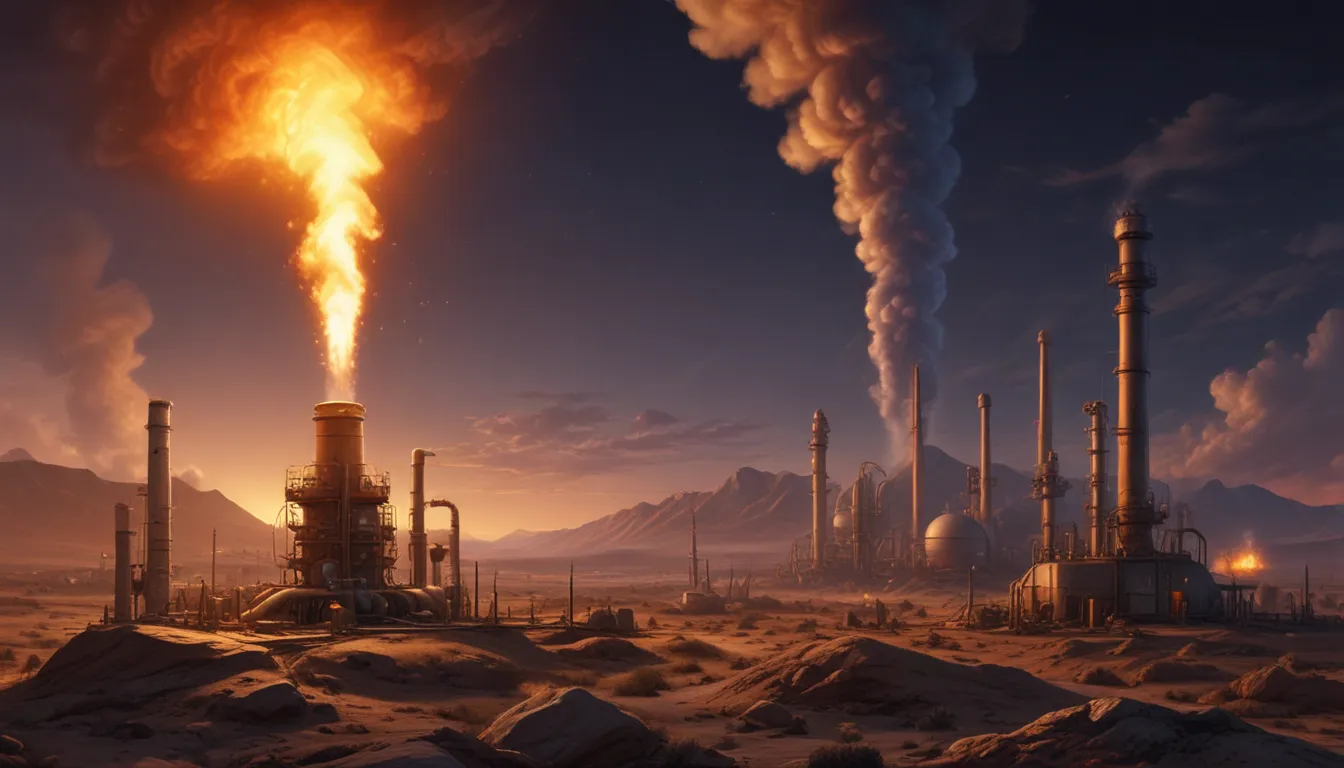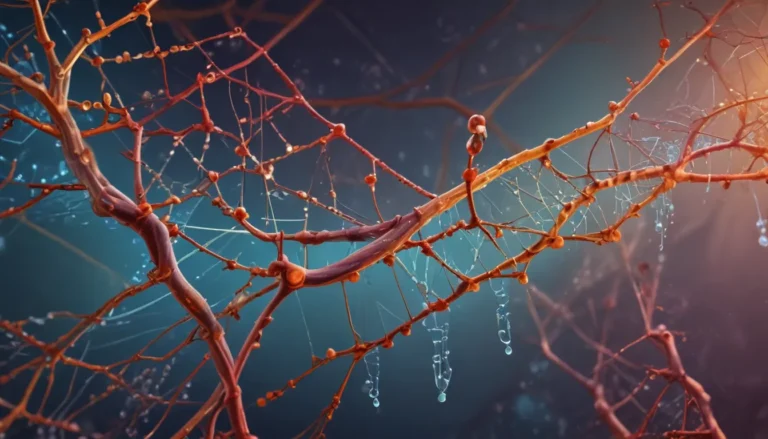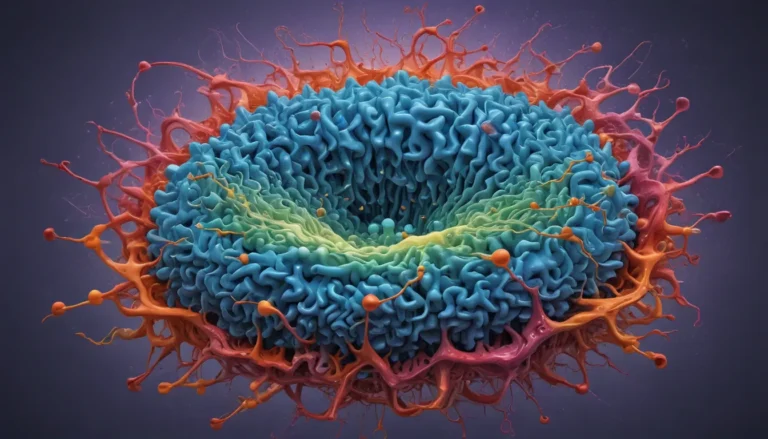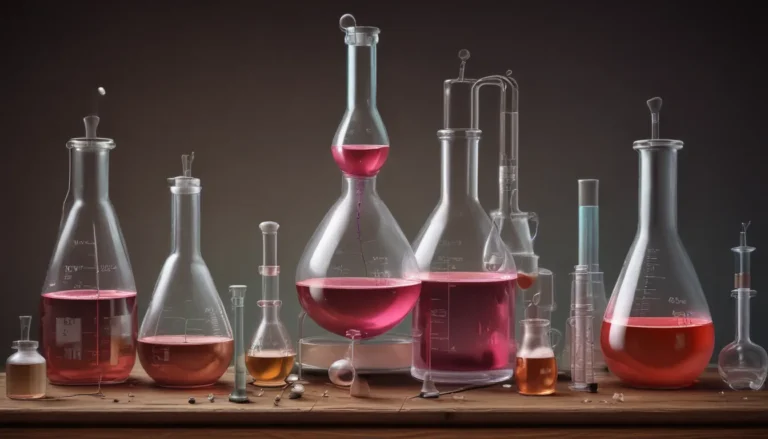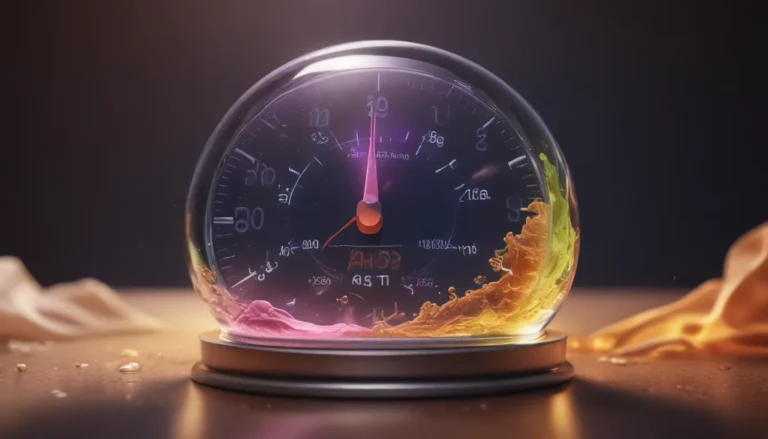A Note About Images: The images used in our articles are for illustration purposes only and may not exactly match the content. They are meant to engage readers, but the text should be relied upon for accurate information.
Are you curious about the mysterious behavior of gases? Do you find yourself intrigued by the magic of chemistry and thermodynamics? If so, you’re in for a treat! The Ideal Gas Law, a fundamental concept in the realm of chemistry, holds the key to unlocking the secrets of gas behavior under various conditions. While it may seem like a daunting topic, diving into the realm of the Ideal Gas Law can reveal a treasure trove of extraordinary facts that will not only enrich your knowledge but also have practical applications in many fields.
Unveiling the Essence of Ideal Gas Law
The Ideal Gas Law, often referred to as the general gas equation, is symbolized by the equation PV = nRT, where P represents pressure, V denotes volume, T stands for temperature, and n signifies the number of moles of an ideal gas. This equation serves as a mathematical bridge that connects these essential variables, allowing scientists and researchers to analyze and forecast the behavior of gases in different scenarios.
Illuminating Ideal Conditions Assumptions
The Ideal Gas Law operates under certain ideal conditions, assuming that gas particles are minuscule point masses with negligible volume, do not interact with each other, and have perfectly elastic interactions with their container. Although these assumptions may not perfectly mirror real-world scenarios, the Ideal Gas Law remains a valuable approximation utilized in numerous practical applications.
The Genesis of Ideal Gas Law
Deriving the Ideal Gas Law involves principles of kinetic theory, which delve into the behavior of gas particles. By delving into the average kinetic energy of gas particles and the interplay between pressure and force, one can unravel the mathematical expression that defines the Ideal Gas Law.
Unraveling Unknown Variables with Ideal Gas Law
By rearranging the quintessential equation PV = nRT, scientists and engineers can unlock the mysteries of unknown variables such as pressure, volume, temperature, or number of moles if they possess knowledge of the other three variables. This capability empowers them to make accurate predictions, conduct precise calculations, and craft sophisticated systems involving gases.
Versatility Across Gases and Conditions
Despite not being a perfect fit for all gases, the Ideal Gas Law boasts remarkable accuracy in predicting the behavior of common gases like nitrogen, oxygen, hydrogen, and helium. This versatility renders it an indispensable tool in the realms of chemistry, physics, and engineering.
Real-World Applications and Significance
The Ideal Gas Law transcends theoretical realms and finds practical applications in diverse industries ranging from aerospace engineering to pharmaceuticals, aiding researchers in comprehending gas behavior and devising efficient processes and systems.
Harnessing the Power of Ideal Gas Law in Research
The Ideal Gas Law serves as a potent tool in scientific research and problem-solving, providing a solid foundation for comprehending and predicting gas behavior. This tool enables scientists and engineers to unravel complex problems, innovate new technologies, and propel our comprehension of the physical world.
FAQs: Delving Deeper into Ideal Gas Law
- Q: What is the Ideal Gas Law?
-
A: The Ideal Gas Law is an equation that correlates the pressure, volume, temperature, and number of moles of gas in a system, symbolized by PV = nRT.
-
Q: Can the Ideal Gas Law be applied to gas mixtures?
- A: Yes, the Ideal Gas Law can be extended to analyze gas mixtures, enabling researchers to discern the composition and behavior of various gases within a mixture.
Embracing the Marvels of Ideal Gas Law
In a nutshell, the Ideal Gas Law emerges as a beacon of knowledge in the vast expanse of chemistry, providing valuable insights into gas properties and facilitating the design and optimization of gas-related processes. These ten extraordinary facts about the Ideal Gas Law not only shed light on its significance but also enhance our ability to manipulate and regulate gases for diverse purposes. Whether you’re a budding chemistry enthusiast or a seasoned industry professional, acquainting yourself with the Ideal Gas Law is bound to broaden your horizons and empower you to navigate gas-related challenges with confidence.
